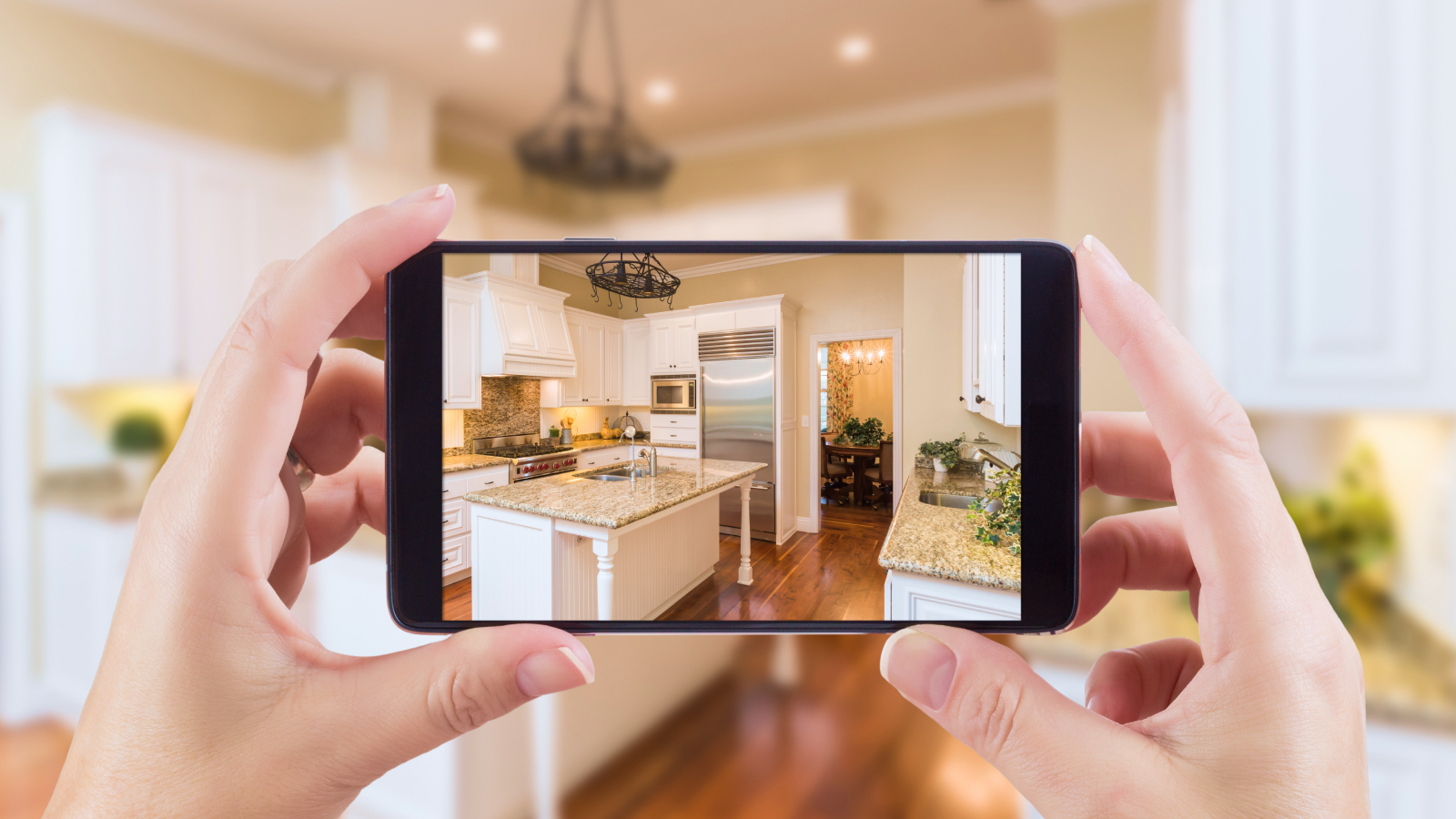Latest Content > Tips to Taking Better Real Estate Photos
Tips to Taking Better Real Estate Photos

Taking high quality real estate photos is important to showcase a property's features and attract potential investors. If you have access to higher-end cameras like those made by Canon, NIkon or Sony and you are comfortable using them, that’s great. However, it’s not required as most recent generations of smartphones come equipped with excellent picture capture capabilities. With that said, we still strongly recommend having your home shot by a professional photographer as it increases the likelihood of investors viewing your property but if you opt to capture images yourself, here are some tips to help you take better real estate photos:
- Clean the lens: Before you start taking pictures, make sure to clean the lens of your smartphone camera with a microfiber cloth. Even a tiny smudge or fingerprint can affect the quality of the photo. Clean and declutter: Before taking photos, make sure the interior as well as exterior spaces are clean and decluttered. Remove any personal items, and ensure that the space is free of clutter and debris.
- Shoot in landscape: Make sure you are capturing all your images with your phone in landscape (horizontally) as opposed to portrait (vertically) to ensure that images display properly on our marketplace.
- Use natural light: The best time to take real estate photos is during the day when there is plenty of natural light, however avoid mid day when shadows may be too harsh. Softer, more diffused light is preferred. Open all the curtains and blinds to let in as much light as possible. Turn on lights when appropriate to help eliminate unwanted shadows.
- Focus on the main features: Think about the key selling points of the property and make sure to capture them in your photos. This might be a beautiful fireplace, a stunning view, or a spacious backyard.
- Use the rule of thirds: When composing your shots, use the rule of thirds to create a more balanced and visually appealing image. This means dividing the image into thirds both horizontally and vertically and placing the key elements along the lines or intersections.
- Keep the camera level: Make sure the camera is level when taking photos of the property. This will help avoid distortion and give a more accurate representation of the space.
- Use HDR mode: Most smartphone cameras have a high dynamic range (HDR) mode that helps capture more detail in both bright and dark areas of the photo. This can be especially useful when taking photos of rooms with windows or bright light sources.
- Edit your photos: Once you have taken your photos, you can use photo editing apps to enhance them. Adjusting the brightness, contrast, and saturation can help make your photos look more vibrant and appealing.
- Upload high resolution photos: Once your images have been edited and are ready to upload, be sure to upload the full size image with no or the least amount of compression as possible.
All properties are unique and present individual challenges when it comes to photography. With that in mind this is by no means a one-size-fits-all approach. However, by following these tips, you can increase the likelihood that you will capture higher quality images that will put your property in a better light and position it to attract potential investors.
Sign up to get alerts about new posts
What’s New

Is A Tokenized Real Estate Asset Really a Security?
In recent years, the real estate market has seen a significant transformation with the advent of tokenization, a process where real estate assets are converted into digital tokens on a blockchain. This innovation promises increased access, liquidity, and streamlined transactions, marking a shift in how we perceive and leverage real estate and investments.
 Read Blog
Read Blog

Short Cuts: Expert Insights from the Pros on Real Estate Ownership and Investing with Blockchain
Within Blockchain, numerous fundamental principles are in place to ensure transparency and combat fraud. They commence with the transactions themselves, which are both verifiable and permanent, taking place between two parties within a decentralized network.
 Watch Video
Watch Video
